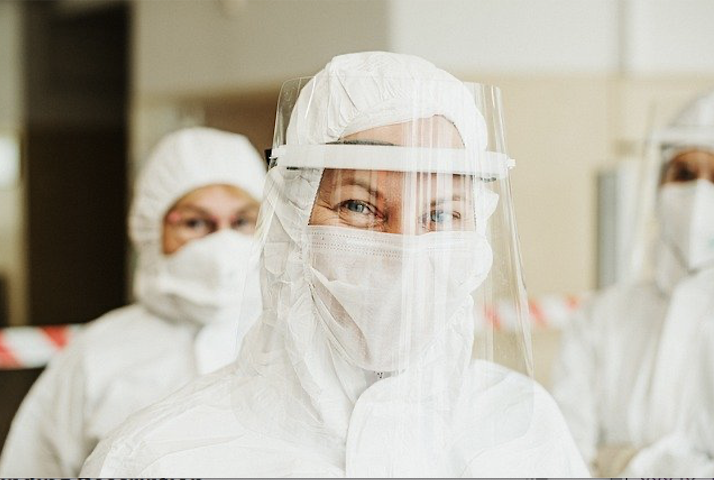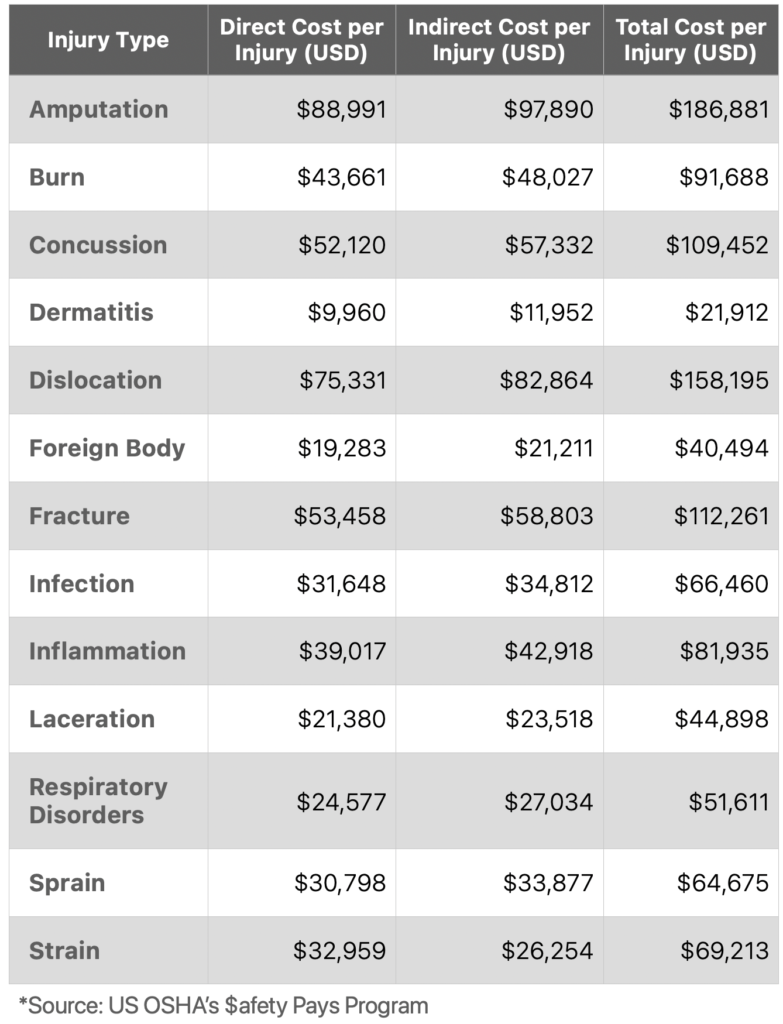Due to the continuously evolving guidance from public health officials, the U.S. Occupational Safety and Health Administration (OSHA) chose not to develop and issue COVID-19-specific emergency standards. Instead, OSHA opted to use existing standards when inspecting job sites for COVID-19 violations. Some states — Virginia, Michigan, and Oregon have introduced OSHA-approved state safety programs — in the absence of COVID-specific OSHA guidelines.
For the coronavirus pandemic, OSHA has published standards that have been cited as the most frequently -violated during COVID-19 inspections. By understanding which workplace hazards most frequently result in OSHA citations, employers can better protect their workers.
These inspections were initiated following complaints, referrals, or fatalities in industries such as:
- hospitals
- healthcare
- nursing homes and long term care settings
- meat/poultry processing facilities
The most commonly violated standards are:
- Provide a medical evaluation before a worker is fit-tested or uses a respirator
- Perform an appropriate fit test for workers using tight-fitting respirators.
- Assess the workplace to determine if COVID-19 hazards are present, or likely to be present, which will require the use of a respirator and/or other personal protective equipment (PPE).
- Establish, implement, and update a written respiratory protection program with required worksite-specific procedures.
- Provide an appropriate respirator and/or other PPE to each employee when necessary to protect the health of the employees (ensuring the respirator and/or PPE used is the correct type and size).
- Train workers to safely use respirators and/or other PPE in the workplace, and retrain workers about changes in the workplace that might make previous training obsolete.
- Store respirators and other PPE properly in a way to protect them from damage, contamination, and, where applicable, deformation of the facepiece and exhalation valve
- For any fatality that occurs within 30 days of a work-related incident, report the fatality to OSHA within eight hours of finding out about it.
- Keep required records of work-related fatalities, injuries, and illness
Due to the essential need for adequate supplies of respirators during the COVID-19 pandemic, OSHA has exercised temporary enforcement discretion regarding respirators, including certain fit testing provisions, extended use, and reuse. For one to qualify for enforcement discretion, employers must demonstrate and document their good-faith efforts to obey existing OSHA standards, as outlined in Understanding Compliance with OSHA’s Respirator Standard during the Coronavirus Disease (COVID-19) Pandemic. For construction workers, OSHA has also issued guidance to wear face coverings while on the job at all times. In an updated Sept. 30th guidance, OSHA now requires employers to report a work-related COVID-19 employee death to the OSHA within eight hours of learning about it.
Employers of small to medium size are also encouraged to consult the OSHA’s On-Site Consultation Program for no-cost safety and health services. The program prioritizes high-hazard workplaces and works with employers to identify hazards and provides advice to comply with OSHA’s standards.




